| Name | Lacrimal Cannula |
| Lead Time | Lead time advised within 48 hours of order placement. |
| Competitor | ;OP0903151;OP0903-151;E4400;601210;60-1210;MA925R;6012-10; |
| Specialty | Ophthalmology-Cannulas |
| Material Finish | Stainless Steel |
| Grade | Premium Operating Room |
| Units of Measurement | Each |
| Manufacturer | N Tool Tectra |
| Sterility | Non-Sterile |
| Usage | Reusable |
Lacrimal Cannula
1.2″ (3.1 cm) shaft w/ 2.0 cm reinforced, 23-gauge Lacrimal Cannula is an extremely useful tool in treating tear duct obstructions. The cannula may be used to investigate blockage of lacrimal gland damage or more frequently, obstruction of the nasolacrimal duct. The slender profile of the cannula allows access to the small entrances of the duct. Two different working lengths are available with the cannula depending on surgical preference.
SKU:
TT-SI-3896
Category: Cannulas
Description
Reviews (0)
Be the first to review “Lacrimal Cannula” Cancel reply
Shipping & Delivery
Related products
Knolle Anterior Chamber Irrigating Cannula
SKU:
TT-SI-1655
irrigating ports at 12, 10 & 2 o'clock, 23-gauge, overall length tip to hub 1-1/2" (3.8 cm) Knolle Anterior Chamber Cannula is a frequently used tool in cataract extraction procedures. The small gauge cannula with angled tip is nimble enough to fit into a small limbal incision accessing the anterior chamber. It may be used to aspirate fluid within the anterior chamber exposing the lens capsule.
Graether Collar Button
SKU:
TT-SI-4943
iris retractor, posterior surface for capsule polishing, 23-gauge, 1" (2.5 cm) Graether Collar Button is a useful tool in a variety of anterior chamber procedures. The button is used to gently grip the iris tissue and pull to enlarge the pupil. Both straight and angled models are available depending on surgical preference.
Kratz Capsule Scraper
SKU:
TT-SI-1267
shaft w/ sharp top, shaft angled 60 degrees, 12.0 mm tip from angle to tip, 22-gauge, 1/2" Kratz Capusle Scraper is a useful tool in phacoemulsification procedures. The sandblasted tip is designed to scrape the surface of the posterior capsule to remove and cellular debris following aspiration of the nucleus.
Gimbel Irrigating Cannula
SKU:
TT-SI-5324
30 gauge u-tip, overall length 28.0 mm (excluding hub)Gimbel Irrigating Cannula is a useful tool during cataract and IOL implantation procedures. The cannula may be used to perfuse fluid for easier manipulation of the IOL or easier access to debride nuclear fragments. The ultra-small gauge facilitates entrance into the lens capsule.
Lieppman Cystotome
SKU:
TT-SI-8322
w/ guard, 22-gauge, 2" (5.0 cm)Lieppman Cystotome is a commonly used tool during cataract phacoemulsification procedures. The cystotome may be used to create a circular incision in the anterior capsule before proceeding with aspiration of the lens. The tool features a guard to prevent extraneous damage to the surrounding iris or globe tissue.
Scheie Anterior Chamber Cannula
SKU:
TT-SI-4543
blunt, 27-gauge, 3/4" (2.0 cm)Scheie Anterior Chamber Cannula is a frequently used tool in cataract extraction procedures. The small gauge cannula is nimble enough to fit into a small limbal incision accessing the anterior chamber. It may be used to aspirate fluid within the anterior chamber exposing the lens capsule.
Healon Injection Cannula
SKU:
TT-SI-5449
flat tip, 21-gauge, overall length excluding hub 1-1/4" (3.0 cm) Gimbel Irrigating Cannula is a useful tool during cataract and IOL implantation procedures. The cannula may be used to perfuse fluid for easier manipulation of the IOL or easier access to debride nuclear fragments. The ultra-small gauge facilitates entrance into the lens capsule.
McIntyre-Binkhorst Irrigating Cannula
SKU:
TT-SI-4995
smooth blunt tip, front opening, 26-gauge McIntyre-Binkhorst Irrigating Cannula is a useful tool in cataract procedures. The curved tip of the cannula is used for loosing the peripheral cortex of the lens during difficult extraction. The cannula features a smaller gauge for easier access and a shorter working length for more control. Both right and left curvatures of the cannula are also available depending on surgical preference.

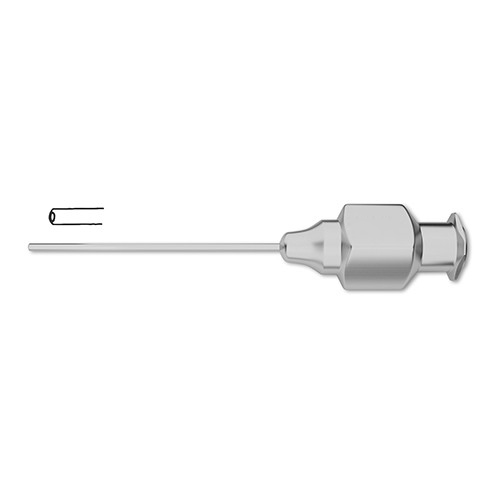
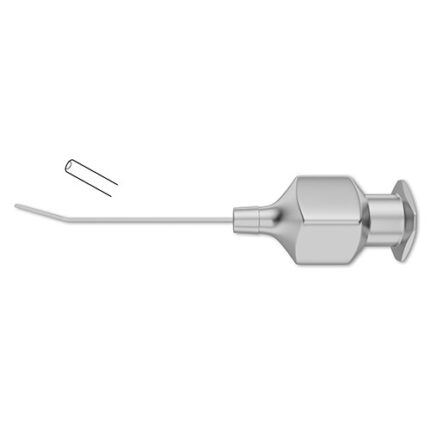
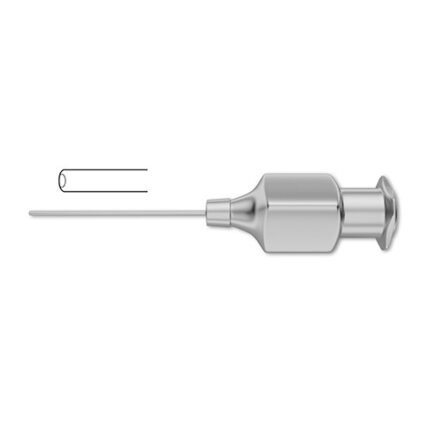

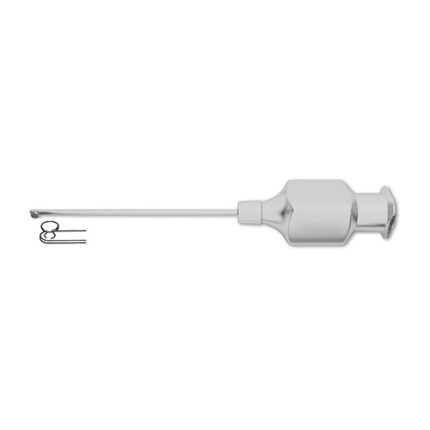

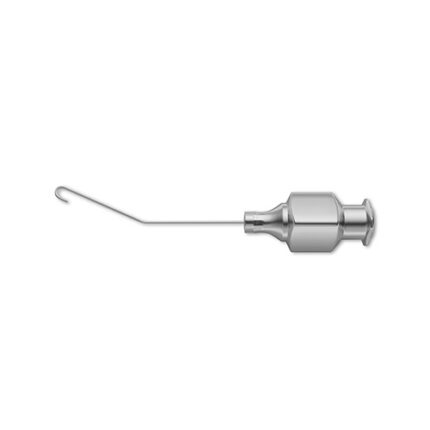


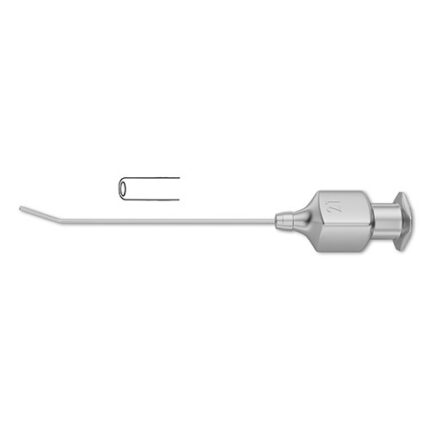
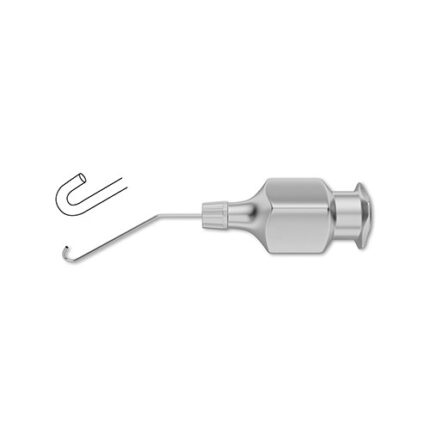

Reviews
There are no reviews yet.